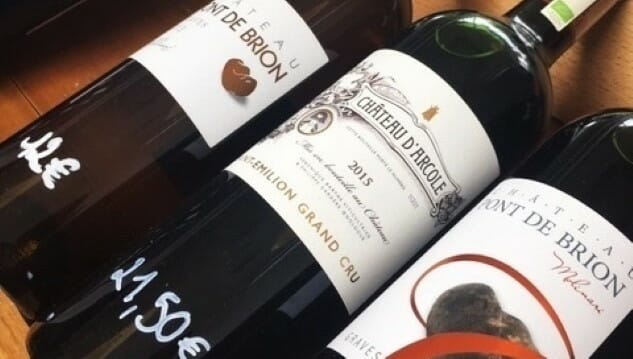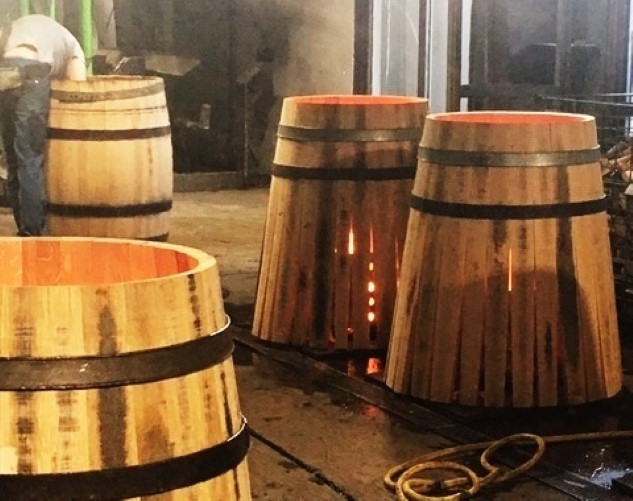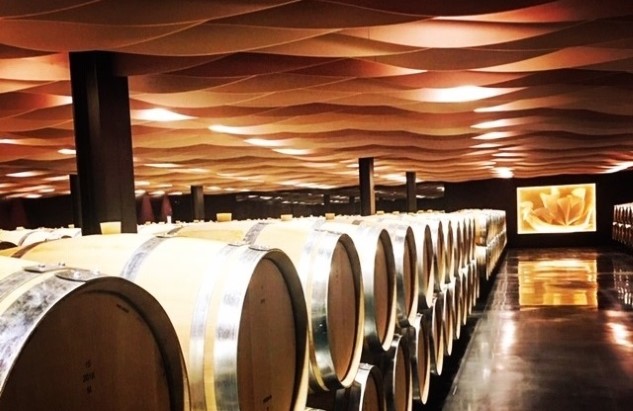The Rules of Bordeaux: Demystifying France’s Classic Wine Region
Photos by Amy Glynn
During a PowerPoint presentation at the Ecole Du Vin in Bordeaux, a mild-mannered but somewhat intense little argument has broken out regarding the calculus of terroir-specifically, between people who feel strongly that the human hand is, versus isn’t, part of what creates it. It’s not a new debate; wine nerds nerd out about this sort of question all over the world every day. But this is France, and there are rules. Like the rule about families of aromatics. There are precisely 11 of them. Not 10, not 13. Eleven. (For those of you keeping score at home, they are: fruity, mineral, balsamic, animal, woody, chemical, ephemeral, spicy, floral, vegetal and “empyromatic,” which encompasses “fire” smells like smoke or caramelization.)
A certain percentage of the journalists in the room seem to follow the party line that terroir is composed of climate, geology, soil (including other organisms that interact with the grapes) and terrain. For some of us, it feels wrong, reductive, to cleave to this definition. For me, it’s a lie like pretty much all dualities: “Human” is no more separable from “nature” than weather is from climate. If you have no problem accepting that a wine’s character is influenced by nematodes and myceliae and what kind of bedrock and how far down it is, it seems to me that you can get your head around the idea that it’s also influenced by farmers and winemakers, that they are fundamentally part of the equation, and in the same way as the bugs and fungi in the soil.
As a Californian, I admittedly find French wine a little mysterious. What Napa Valley is generally famous for and what Bordeaux is famous for are at one level the same wines-Cabernet Sauvignon and Merlot, and Sauvignon Blanc. The similarity ends pretty fast, though, and for a number of reasons. First of all, the common grapes of both regions simply express themselves differently in these two places (especially Merlot, which is a totally different animal in France than it is in California). Napa winemakers tend to be preoccupied with pure varietal wines while Bordelais producers are dedicated to blends. Napa winemakers are more about experimentation while Bordeaux emphasizes tradition and consistency. And at first glance, Napa emphasizes personality (of the winemaker, not the wine) in a way French winemaking just doesn’t seem to. It got me thinking about whether it might not be realistic to consider attitude as an element of terroir, but that would probably have scored me an eye-roll at the Ecole Du Vin, and fair enough. What I’m saying is, it gets deep and strange very quickly.

Bordeaux is a storybook-gorgeous region (I dare you to travel through it and not feel like you parachuted into Cinderella, peppered with ancient towns, picturesque farmland, and vineyards and chateaux that reasonably earn the painfully-overused descriptor “iconic.” Situated between the Garonne and Dordogne rivers, it has the privileges and challenges of exposure to the Atlantic (it gets really damp), as well as a mindblowing diversity of soils, which is a major driver for the truly geek-worthy obsession with DOC within DOC within DOC designations. I’m the first to admit you need some training to understand French wine labels, but it’s also important to note that you don’t need to fully understand the microscopic terroir intricacies of a region like Bordeaux to enjoy its wines.
Here are a few things you should know about Bordeaux wines:
First, American consumers tend to think of it as an incredibly expensive wine region, but while there are certainly top-shelf wines with pricetags to match, that’s not the whole story or even the main story. Tons of good and affordable wine comes out of Bordeaux. That said, expect top-tier “Grand Vin” to cost upward of a C-note.
Second, there are basically 12 acceptable varieties of grape you can use in making anything that says “Bordeaux” on it. If the wine is red, it is Cabernet Sauvignon, Cabernet Franc, Merlot, or, as in most cases, a combination (Occasionally Malbec, Petit Verdot or Carmenere are added in small quantities). Whites are Sauvignon Blanc, Semillon, and Muscadelle, also usually blended (. If you don’t like Sauvignon Blanc (I would raise my hand for that), consider not writing it off if you’ve only had US or New Zealand styles: blending with oily-textured, honeyed Semillon is a whole other ballgame, and it is delish. Semillon is also the player in Sauternes, a viscous, honey-and-apricot tasting dessert wine from the region that can seriously knock the socks off even the most diffident tasters.
-

-

-

-

-

-

-

-

-

-

-

-

-

-

-

-

-

-

-

-

-

-

-

-

-

-

-

-

-

-

-

-

-

-

-

-

-

-

-

-

 The cellar at Chateau Beychevelle.
The cellar at Chateau Beychevelle.






































